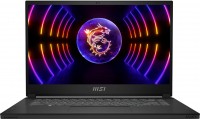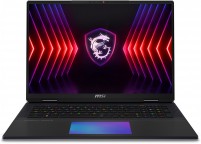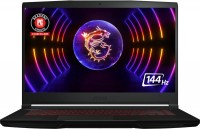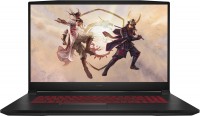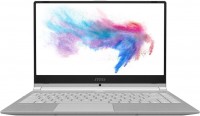Laptops MSI series Bravo (gaming)
MSI Bravo Series
In most nuances, Bravo laptops borrow ideas from Alpha: a discreet design, affordable price and an AMD / Ryzen platform. The only difference is that Bravo uses the next generation Zen 2 processor cores. And this is a very serious increase in performance: the old generation Ryzen 7 3750H with 4 cores and 8 threads in most benchmarks and real tasks is 35-60% behind Ryzen 7 4800H with 8 physical cores and 16 virtual ones. Against its background, even the Core i7 9750H, which is put in flagship gaming laptops, looks modest.
 |
For example, the top-end MSI Bravo equipment is equipped with a 7nm AMD Ryzen 7 processor, 16GB of DDR4 RAM and a 512GB NVMe drive. The cooling system includes two centrifugal fans and six to seven heat pipes. Considering that most MSI Bravo laptops cost just over $1,000, this makes them interesting candidates for performance laptops. Moreover, they have additional compartments for installing a second hard drive or SSD, and motherboards allow you to change RAM strips, expanding the amount of RAM up to 64 GB. Throw in an NVIDIA Quadro-class graphics card and we're talking about a full-fledged entry-level workstation.
Given the power and price of Bravo laptops, one wonders where exactly the dog is buried? Like most entry-level gaming laptops, the MSI Bravo comes with less than impressive displays. Usually, these are ordinary IPS matrices with Full HD resolution, a refresh rate of 144 Hz and optional FreeSync support. Their colour reproduction is average, and the brightness margin is low, if you sit on a sunny day facing the window, when direct rays do not fall on the display, it is not enough for comfortable work. They also don't have SteelSeries keyboards or gaming LAN controllers like the MSI Alpha series laptops.


